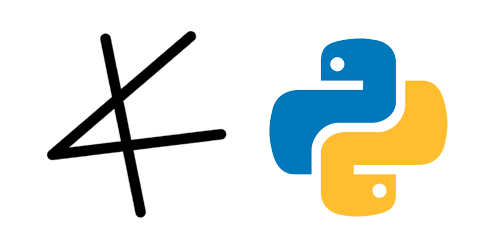Python for Ancient World Study Experiments

This is a ongoing project to collect notebooks, blog posts, etc. that I have written related to Python and ancient world study, esp. ongoing natural language processing experiments with the Classical Language Toolkit and the Latin Library. If you have questions about these posts, email me at patrick[at]diyclassics[dot]org.
Genre Analysis
- Plotting Generic Diction in Latin Poetry with Scattertext (3.22.18) notebook
- Measuring Negative Diction in Latin Satire (11.04.17) notebook
Mapping
- Mapping Geographic Subjects using the HathiTrust Extracted Features Dataset (3.20.18) nbviewer notebook
- Using NER to Map MARC Geographic Subject Headings (3.15.18) nbviewer notebook
Natural Language Processing
- Latin word embeddings and synonymity (3.30.18) notebook
- Sequence-based POS classification using the works of Aristotle (3.13.18) notebook
- Using word endings and sentence position to determine part of speech (3.11.18) notebook
- Using word endings to determine part of speech (3.9.18) notebook
Games & Puzzles
- Making Catullus word searches with CLTK, textblob, & B. Helmig’s puzzle script (12.26.17) notebook
Text Classification
- Classifying Seneca’s works by poetry and prose (3.7.18) notebook
- Classifying Roman Names by Gender (3.7.18) notebook
Miscellaneous
- Plotting Words per Line over Narrative Space in Virgil’s Aeneid (3.21.18) notebook
- Counting Wikipedia ‘langlinks’ for classical authors (3.12.18) [notebook] (https://github.com/diyclassics/wikipedia-experiments/blob/master/wikipedia-lang-counts.ipynb)
- Getting language variants for a term using python/requests & MediaWiki API (3.10.18) notebook
- Creating lemmatized dispersion plots using CLTK & the Latin Library (10.27.18) notebook
